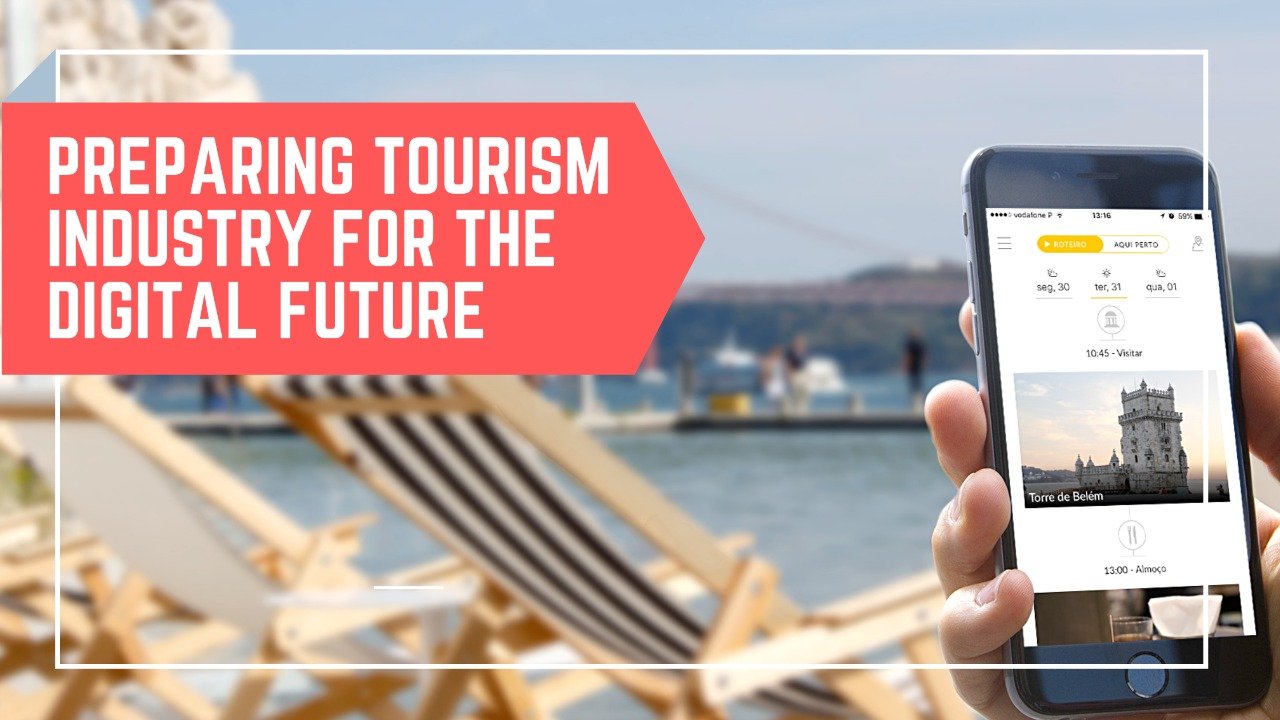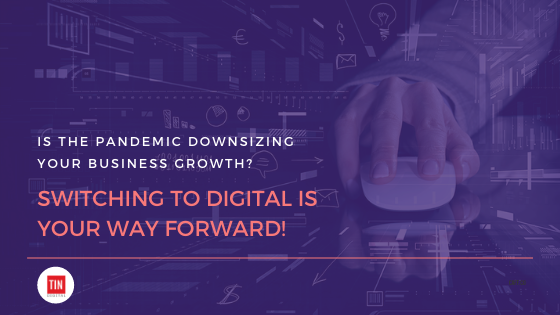Your starter guide to Hybrid Events- Explore the global reach
Hybrid events, or events that combine both in-person and virtual experiences, will be an essential part of the new normal in the events industry. For businesses, it's time to know the dimensions to put together and establish a hybrid event that matches the requirements and grants flexibility.
Let us walk you through the basics of a hybrid event, let's discuss everything you need to know to design a successful hybrid event and adapt strategy around the new normal.
TIME
Hybrid events have increased reached due to the flexibility in timings. The different time zone accessibility while hosting a hybrid event brings physical and virtual event audiences on the same page with respect to the timing aspect. This is where the hybrid events stand out with an increased reach out.
Also, there's a concept called ‘hybrid sequential’ where physical and virtual events are not necessarily running simultaneously and can be accessed in different time zones and for different numbers of days. It doesn't call for a parallel layout.
AUDIENCE
For Hybrid events, the audience can be the same or different, it depends. Firstly, you can also have a completely different set of audiences for your events scheduled. It implies that both the events have different content, activities, and sessions for the two sets of audiences based on their requirements.
Secondly, the attendees who are present at the physical destination of the event are provided with access to the virtual event for all the additional information, segments, features, virtual sessions, and activities. Hence, the audience shared one event through virtual and physical mediums.
Normally Hybrid events usually have a live-in-person audience and then a virtual audience that has numerous viewers across the globe who are present in different time zones. The benefit comes when both the audience gets the same content.
EXHIBITORS
Hybrid events can host a different set of exhibitors with respect to the physical and virtual venues. It is solely on the exhibiter's preference if they like to have their booths in the physical location and target their audience they can opt for a physical venue. On the other hand, some exhibitor wants their booths in the virtual space and hence they can choose accordingly. Also, the third possibility is to choose both venues to capture a wider range of audiences. It depends on the host whether they want to be present at just one or both events.
NETWORKING
When it comes to networking, real-time engagement is very crucial.
Networking seems fine when a virtual audience could interact with the virtual audience and the physical audience can engage with the physical audience present, respectively. Or the two segmented audiences can interact with each other as well.
CONTENT
Content is king for any event. And it plays a major role. For different mediums, the content needs to be different as the set of the audience varies and physical sessions need more in-person impact with special sessions whereas virtual audiences can participate in interactive Question and answer sessions, networking webinars to interact with the host/speakers, or other attendees.
It's a fact that live, in-person events will never go out of trend, but virtual and hybrid events should always be in a backup plan. Tap on to the market




